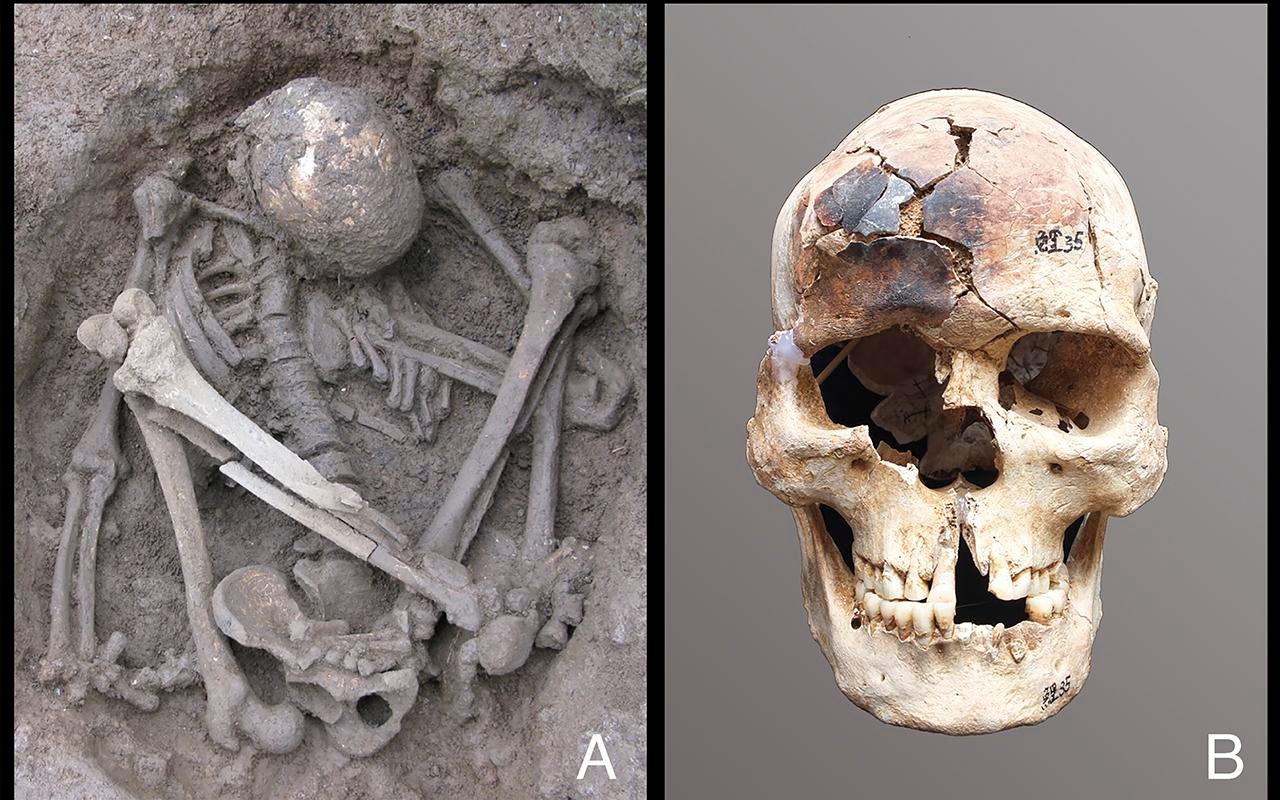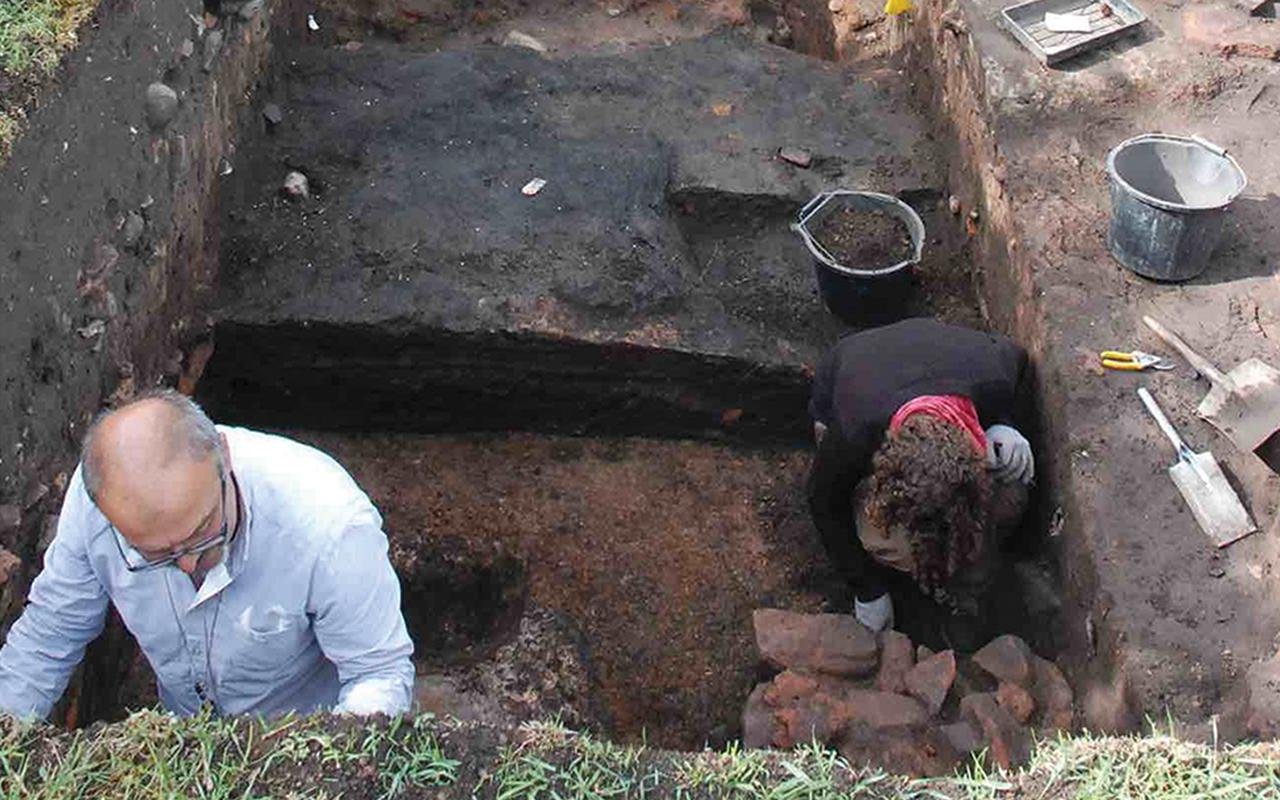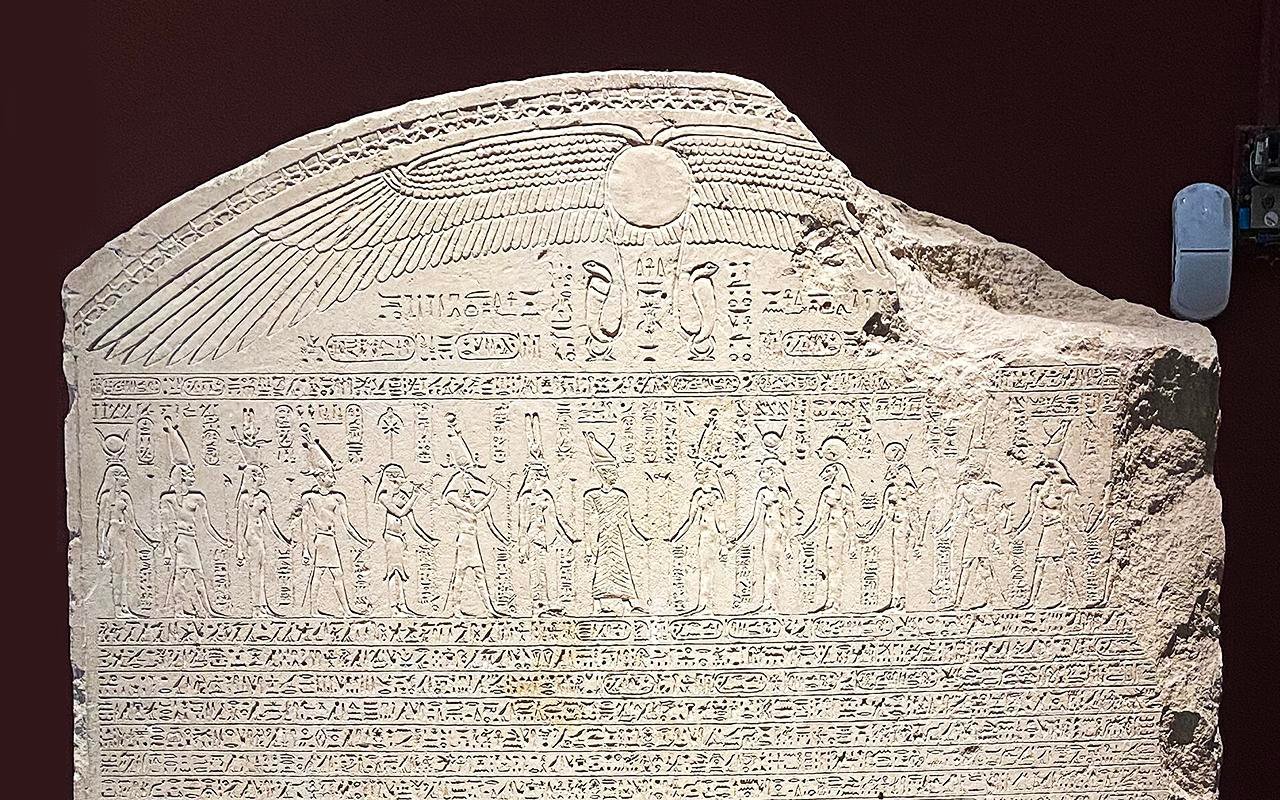An amazing archaeological discovery in Romania is throwing new light on the advanced stoneworking skills of the Dacians, an ancient civilization that thrived in the Carpathian region prior to the Roman conquest. While trekking in a forested area near Hunedoara County’s limestone quarry of Măgura Călanului during the summer of 2022, a villager chanced upon a rusted collection of buried iron tools at the base of a tree. The 15-piece toolkit, later moved to the Corvin Castle Museum, is now recognized as one of the most complete and diverse stonemason’s sets found in European antiquity.
 The complete toolkit of a pre-Roman stonemason discovered in Romania. Credit: Aurora Pețan
The complete toolkit of a pre-Roman stonemason discovered in Romania. Credit: Aurora Pețan
In a paper published in Praehistorische Zeitschrift by archaeologist Aurora Pețan, the set of tools, made during the pre-Roman Iron Age and weighing around 24 pounds, consists of five double-headed picks (two with rare toothed edges), five variously sized stone-splitting wedges, a whetting hammer, a portable field anvil, a flat chisel, a pointed finishing tool, and a small pick. The kit provides unparalleled insights into the techniques used by Dacian stonemasons, specifically in quarry work and architectural practices.
Pețan highlighted the rarity of the find: “Some of the tools exhibit local innovations, highlighting technological exchanges with the Mediterranean world and the ingenuity and adaptability of the Dacian craftsmen.” She further noted that none of the tools in the kit were identical, suggesting it most likely belonged to a single, highly skilled craftsman—possibly a master mason who was the leader of a construction team.
 Detail of one of the tools. Some of the tools have no known parallel in Greek or Roman cultures. Credit: Aurora Pețan
Detail of one of the tools. Some of the tools have no known parallel in Greek or Roman cultures. Credit: Aurora Pețan
The presence of some tools, particularly the toothed double-headed picks, supports the hypothesis that these were distinctly Dacian and had no equivalents in Greek or Roman toolkits. These picks would have been used to finish prismatic limestone blocks that formed the luxurious ashlar masonry typical of Dacian fortress construction. For comparison, the smaller wedges, weighing between 150 and 400 grams, were adapted for use on the quarry’s soft limestone, which required less force to split.
The use of a whetting hammer and portable anvil is significant. While these tools were normally used to sharpen agricultural tools like scythes, finding them in a quarry context is rare. Their presence indicates that the stonemason used the tools to keep his tools sharp as he cut the stone, because the tools dulled quickly.
 Sockets for splitting wedges, the pre-Roman limestone quarry at Măgura Călanului (Romania). Credit: Aurora Pețan
Sockets for splitting wedges, the pre-Roman limestone quarry at Măgura Călanului (Romania). Credit: Aurora Pețan
Researchers believe the kit might have been deliberately hidden during the time of the Roman invasion in 102 CE, never to be recovered again by its owner. The quarry itself, spanning more than 30 hectares with walls ranging up to 8 meters high, displays numerous signs of quarrying activity: chiseling marks, unfinished stone blocks, and discarded debris. These traces correlate with the tools’ intended use and suggest the area was abandoned during a period of crisis.
According to a study, “The discovery at Măgura Călanului deepens our understanding of stonemasonry in Dacia, challenging previous ᴀssumptions about construction and quarrying in this region.” Advanced analytical techniques, such as metallographic and wear-trace analysis, might clarify how the tools were made and utilized.
The Măgura Călanului limestone was transported across steep terrain to build the iconic Dacian fortresses at sites like Sarmizegetusa Regia—now UNESCO World Heritage Sites. The rediscovery of this toolkit provides a tangible link to the artisans who created those masterpieces.
More information: Pețan, A. (2025). A stonemason’s toolkit from the pre-Roman limestone quarry at Măgura Călanului (Romania). Praehistorische Zeitschrift. doi:10.1515/pz-2025-2011





